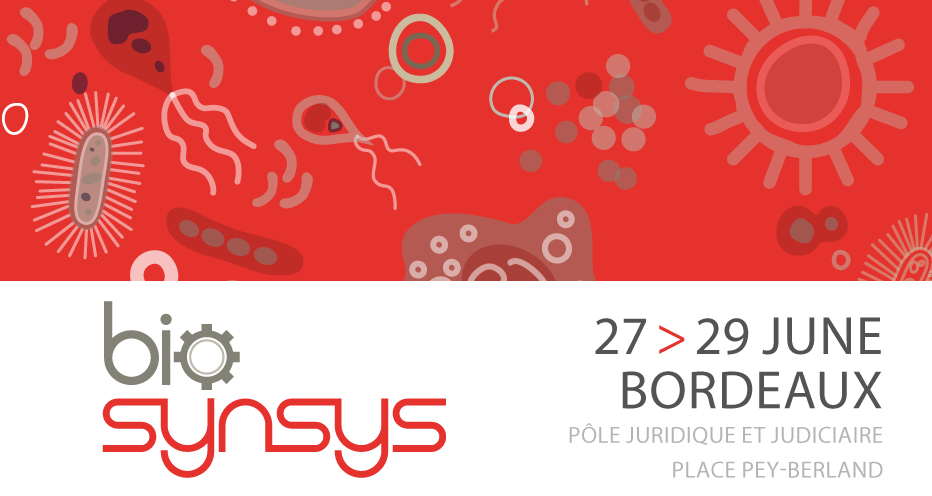Because of physicochemical conditions that often prevail in its natural habitats, the soil bacterium Pseudomonas putida is naturally endowed with many traits that make a microorganism appealing for industrial biotechnology. This includes a remarkable metabolic versatility towards unusual carbon sources (some of them environmental pollutants) and a notable tolerance to organic solvents. These qualities are combined with a distinct central biochemical module that merges activities of enzymes of the Entner-Doudoroff, Embden-Meyerhof-Parnas and Pentose Phosphate Pathways to form the so-called EDEMP cycle. This biochemical device is poised to deliver enough NAD(P)H for counteracting endogenous and exogenous oxidative stress and thus making P. putida a good host for harsh redox reactions. The noticeable capacity of this bacterium as a carrier of engineered pathways of environmental or industrial interest has stimulated the development of dedicated molecular tools for a suite of genetic manipulations, the last generation of which being compiled in the Standard European Vector Architecture (SEVA) database and its associated repository. These tools have allowed the recent generation of a strain derived from the reference specimen P. putida KT2440 that had been genome-edited to increase its value as an industrial platform (i.e. as a Cell Factory). The variant named P. putida EM42 has been entirely deleted of the whole flagellar machinery, the four parasitic prophages and other genomic instability determinants, including some nucleases. This has resulted in a streamlined strain that performs very well under industrial operation conditions. But if we take the metaphor of the Cell Factory to its ultimate consequences, one has to consider not only the genetic and metabolic maps of the cells, but also the actual disposition in time and space of the different constituents of the gene expression flow. To this end we have developed a suite of microscopy-based approaches to examine the location of the main components of such a flow in P. putida, as well as computational methods to de-convolute gene expression noise in terms of intracellular micro-granularity. The results suggest a considerable organization of the bacterial cytoplasm which can be capitalized for improving the performance of knocked-in genes, circuits and whole pathways.
de las Heras et al. (2016) Integr Biol 8: 571-576. Benedetti et al. (2015) Metab. Eng. 33: 109-118. Guantes et al. (2015) ISME J. doi: 10.1038/ismej.2015.193. Nikel et al (2015) J Biol Chem 290: 25920-25932. Nikel et al. (2014) Nature Microbiol Revs. 12: 368-379

 PDF version
PDF version
